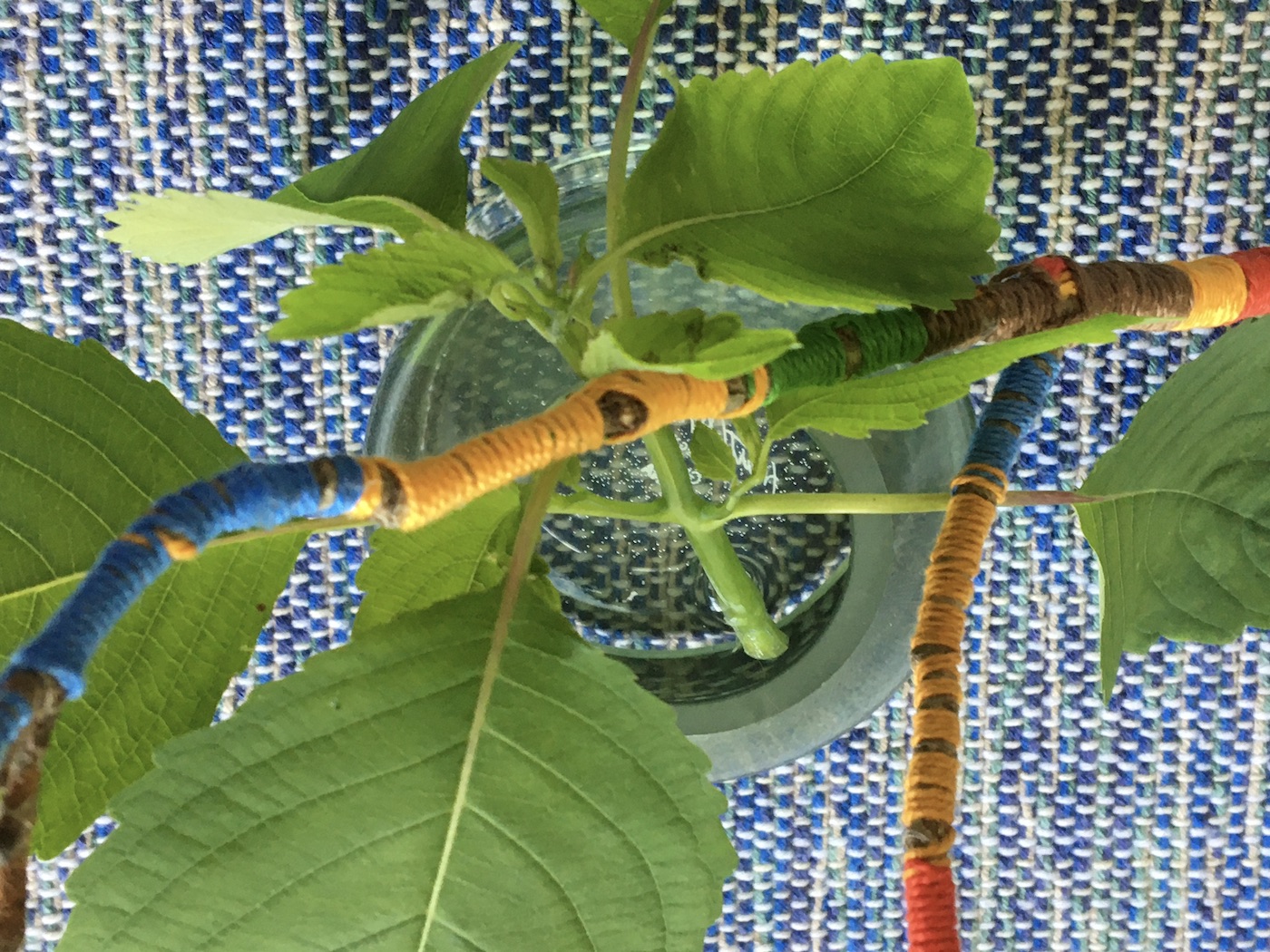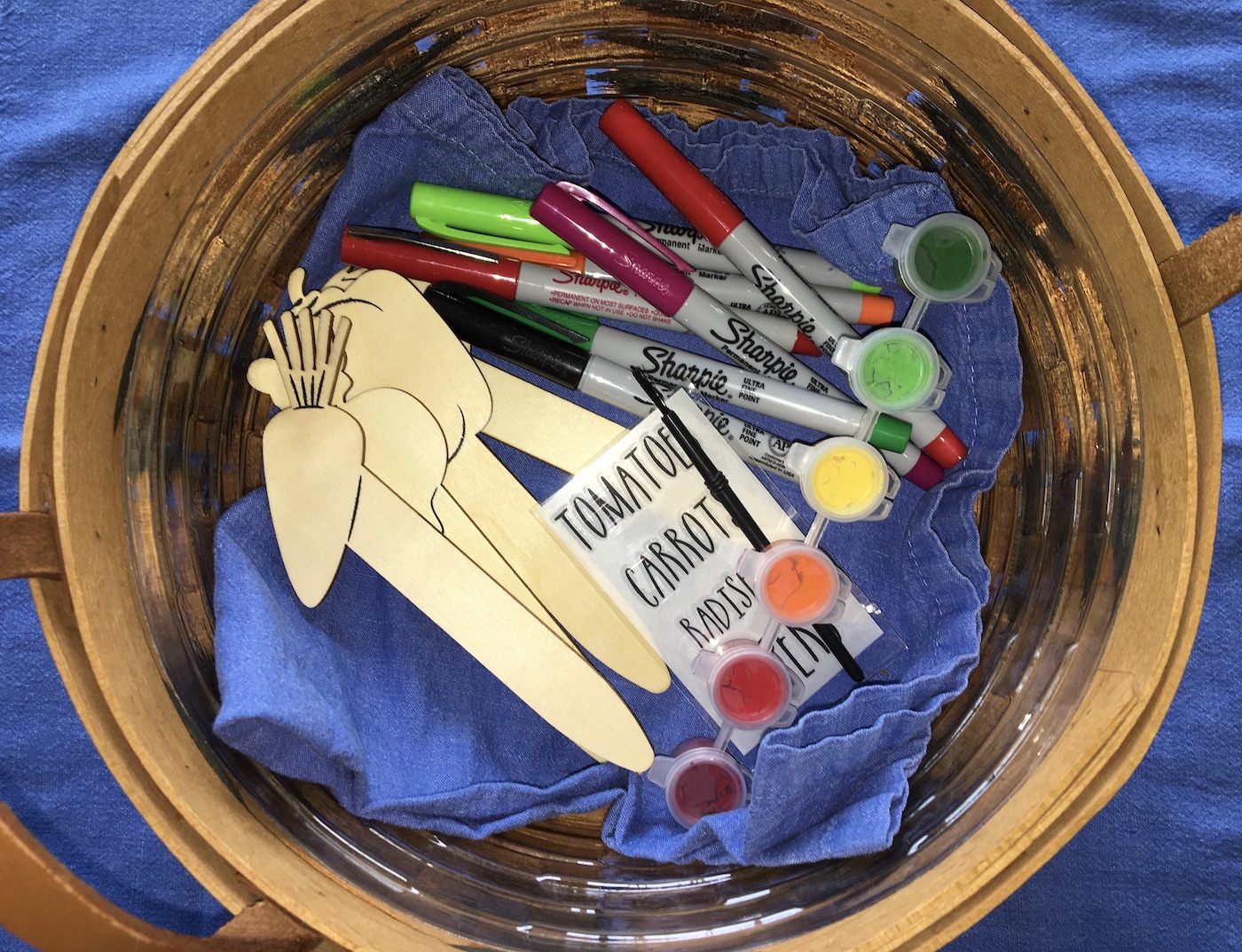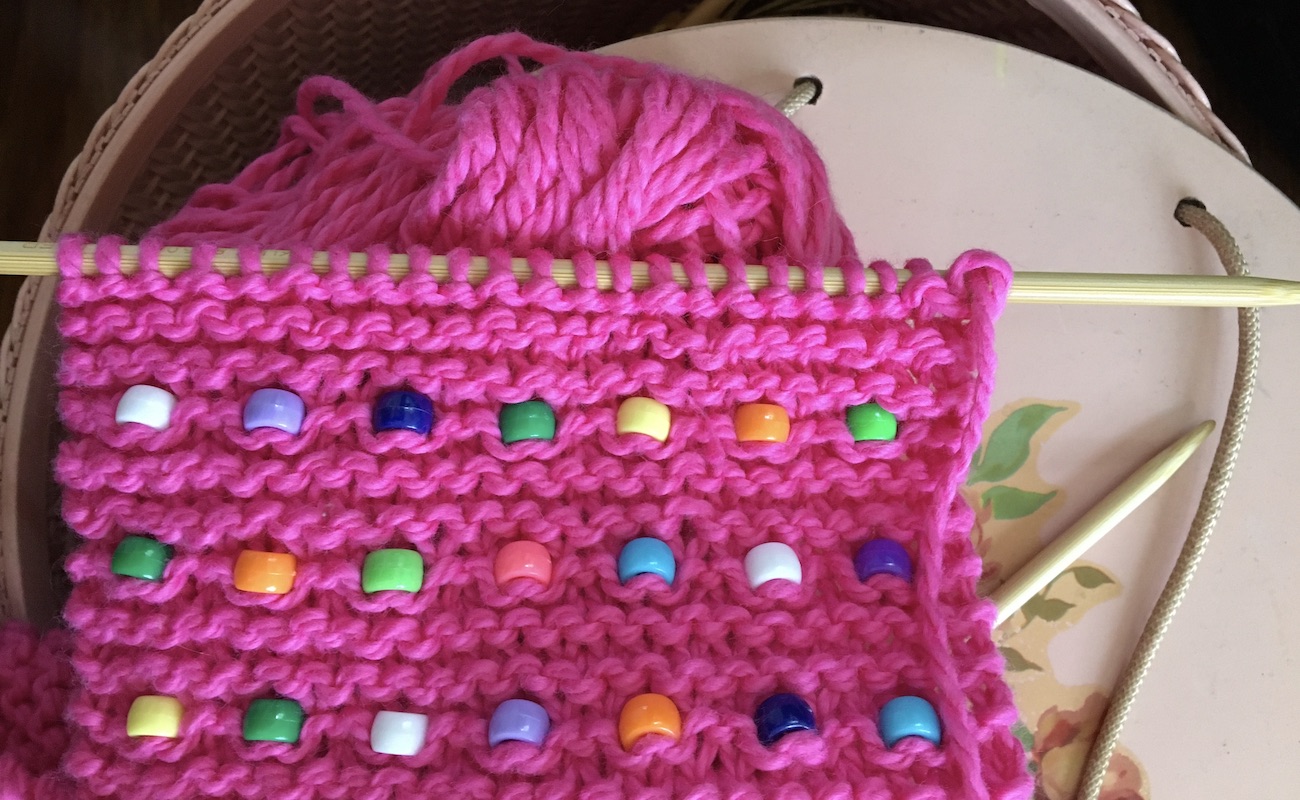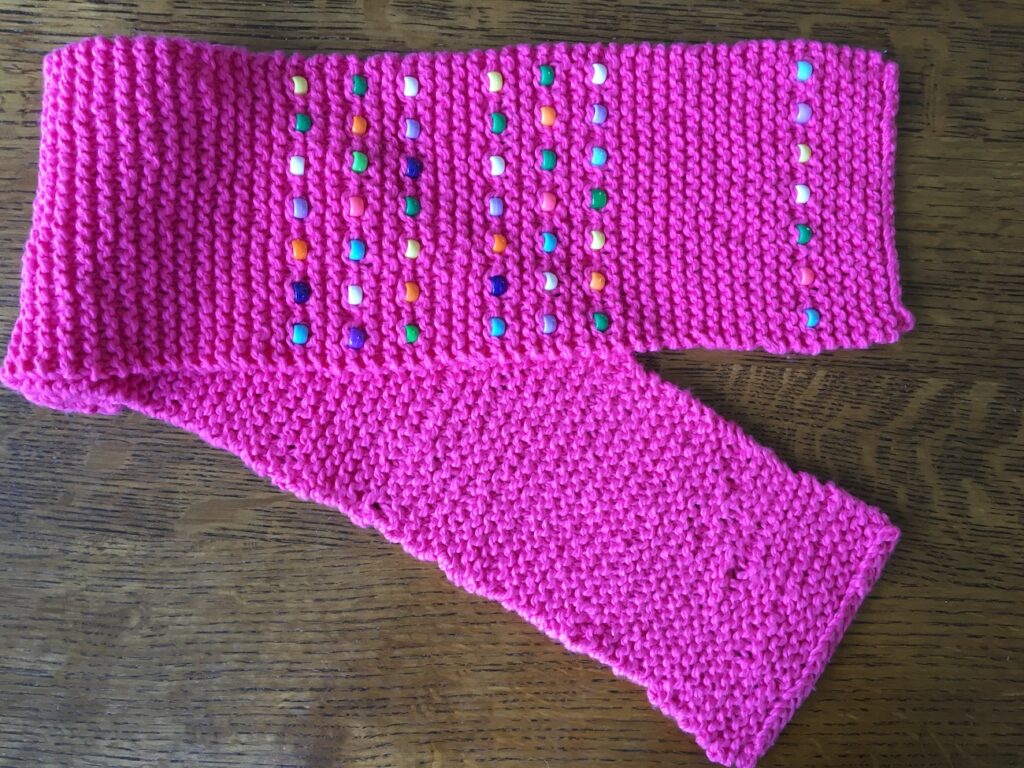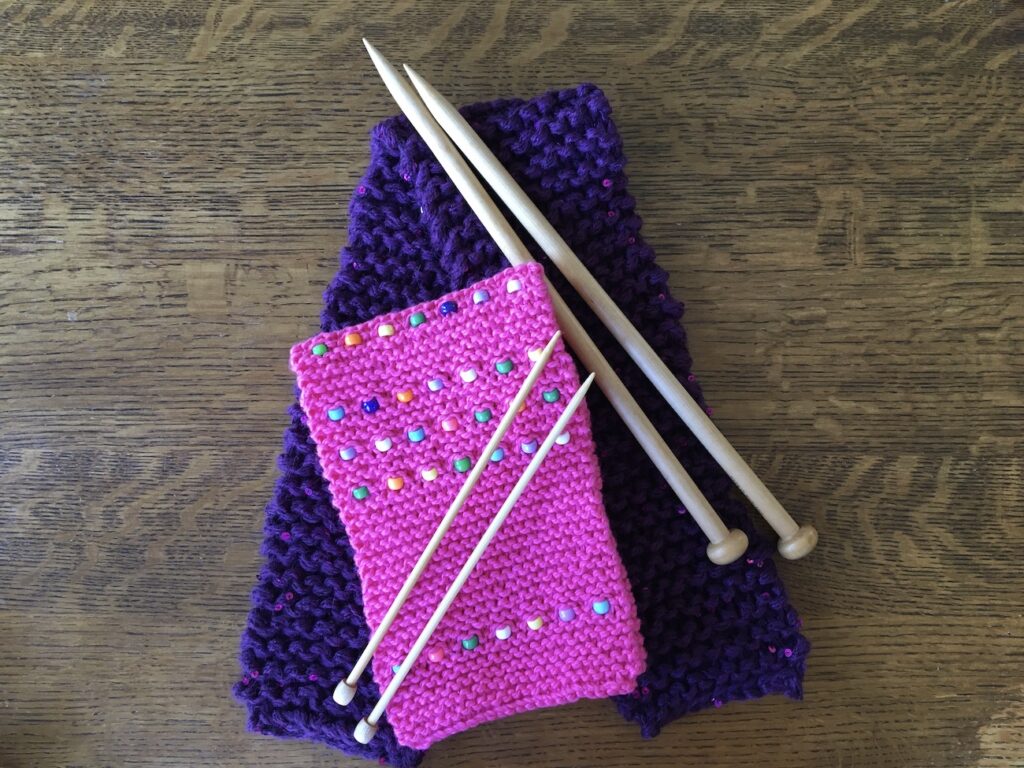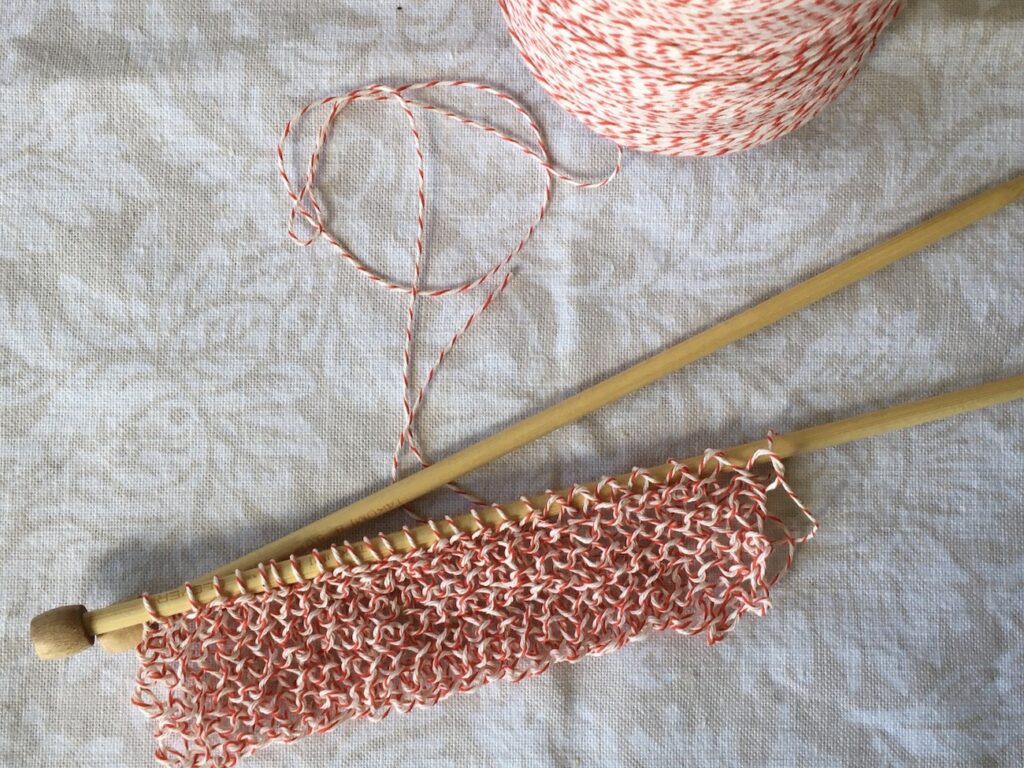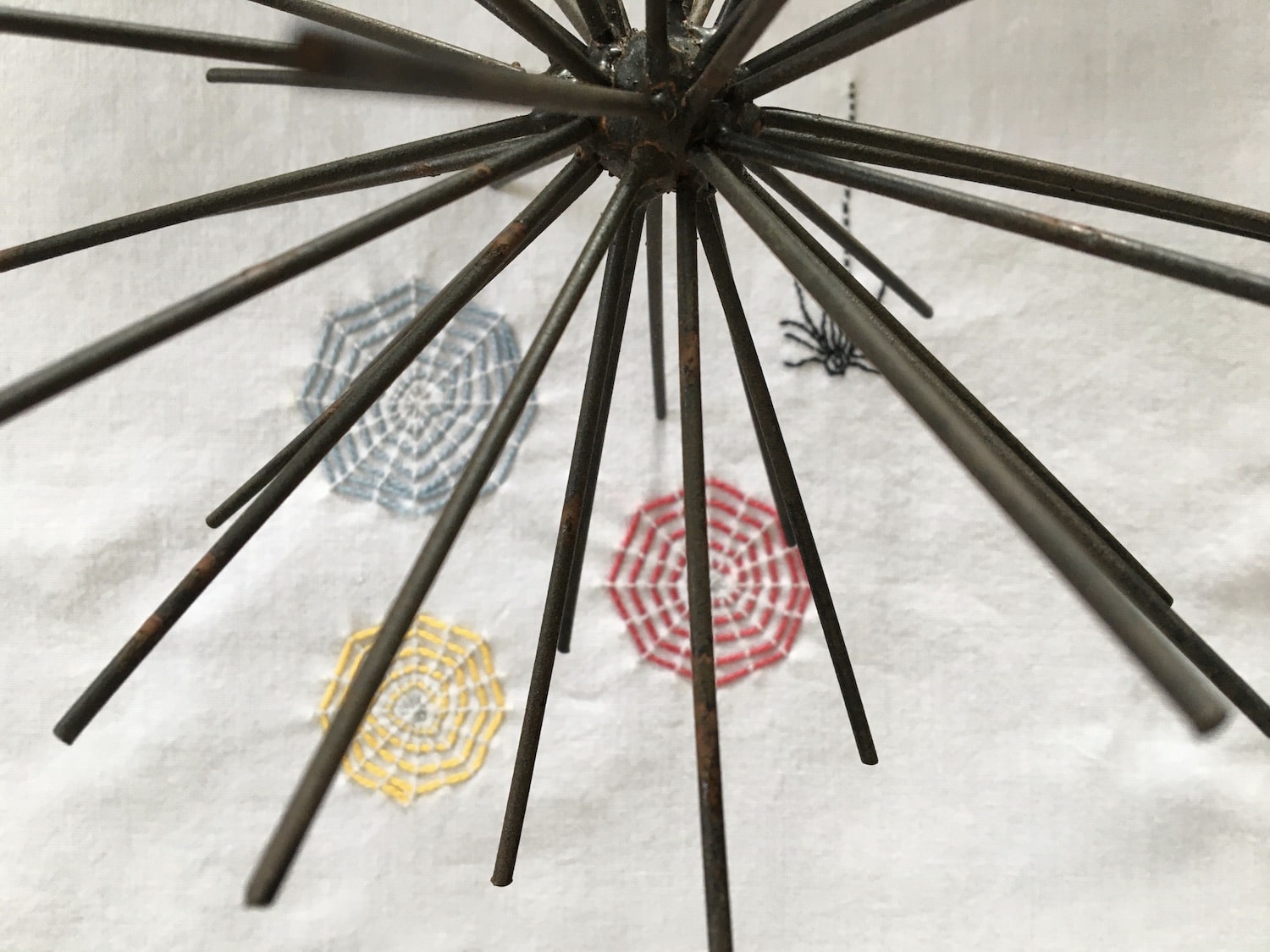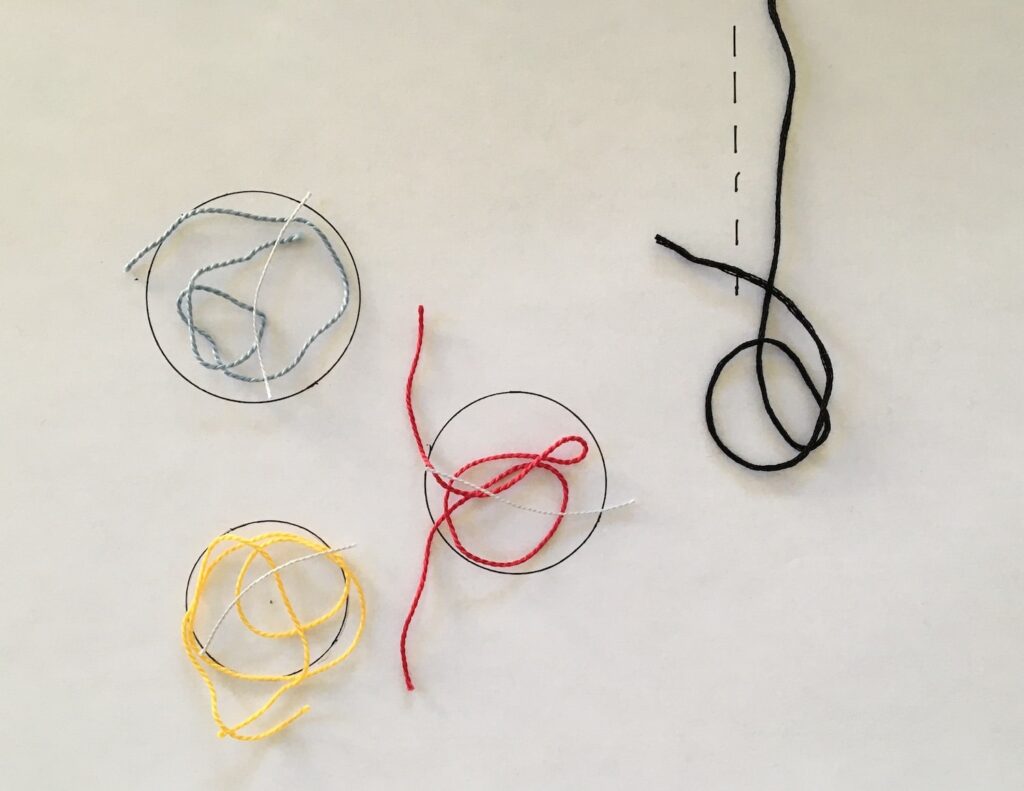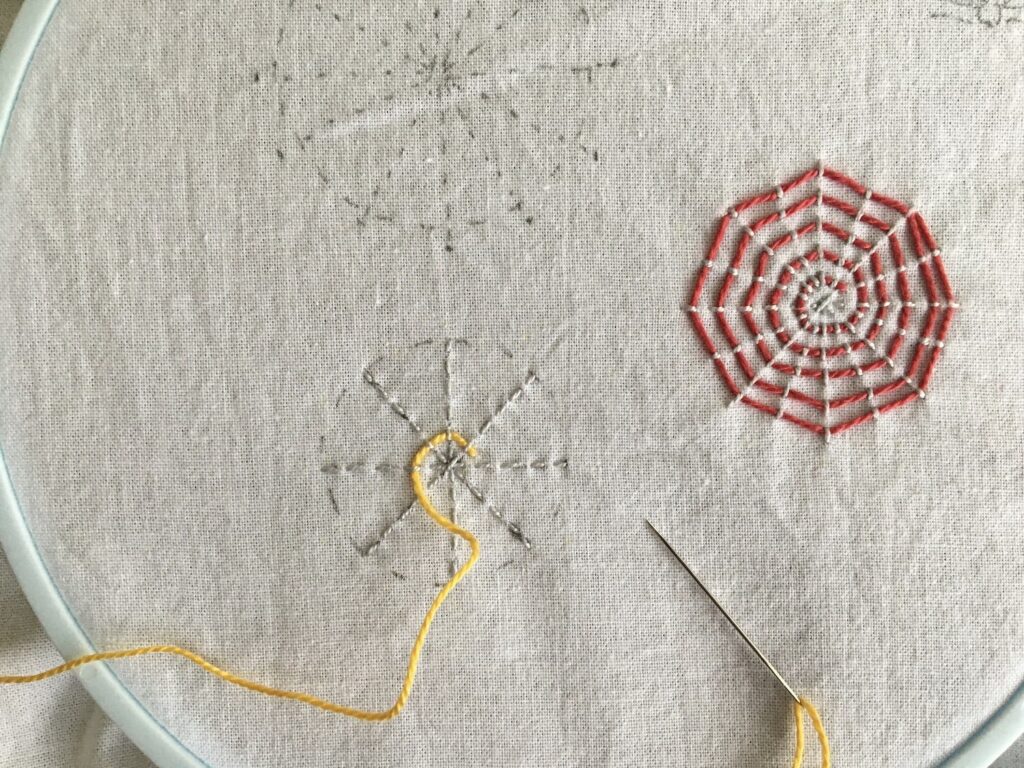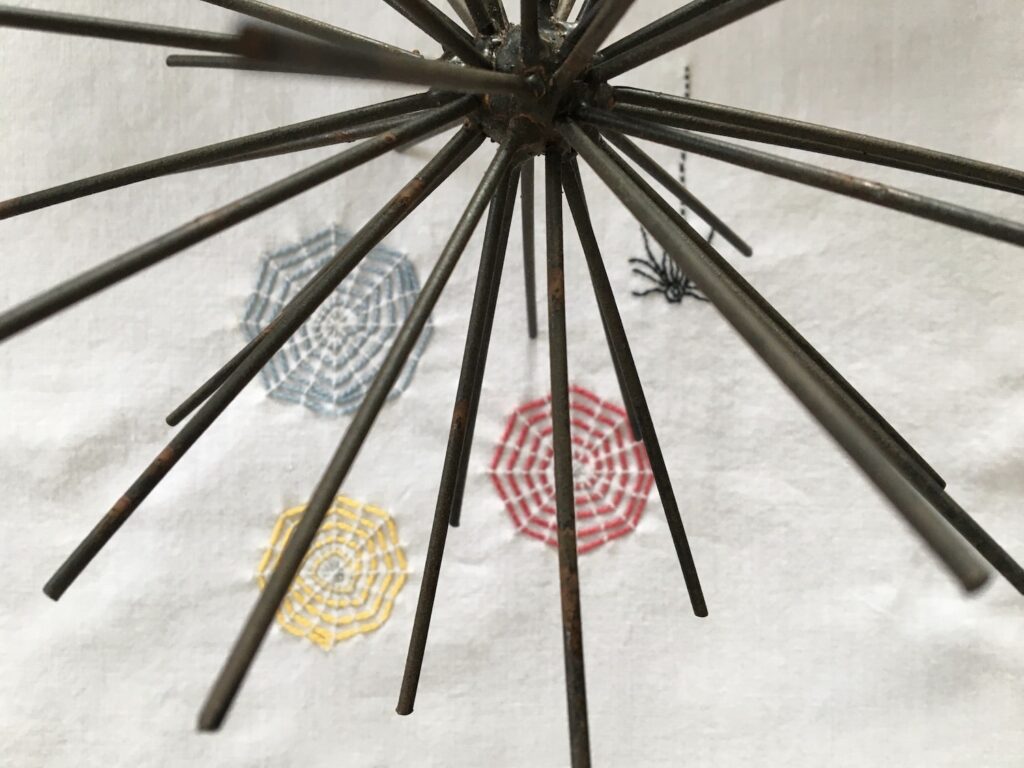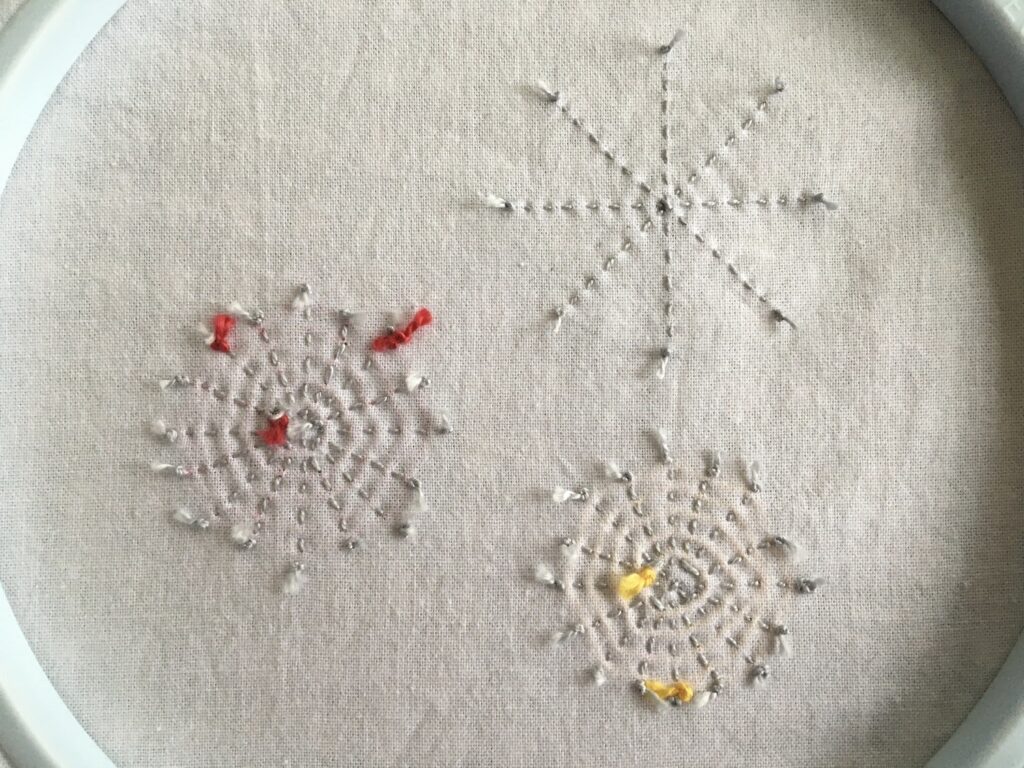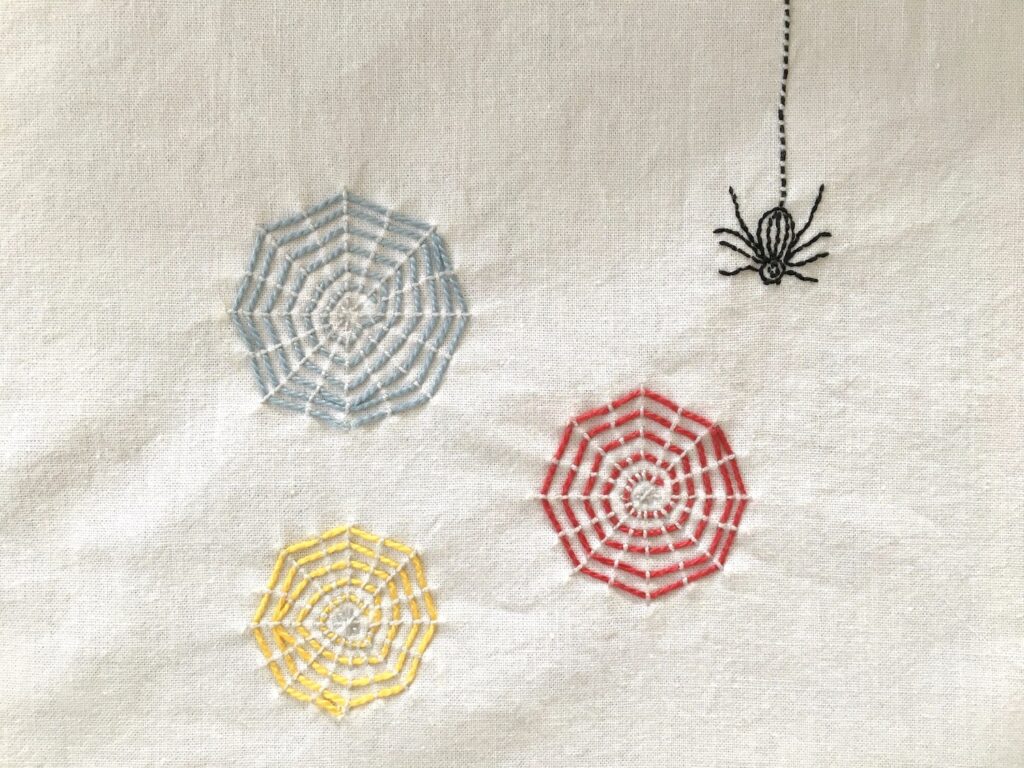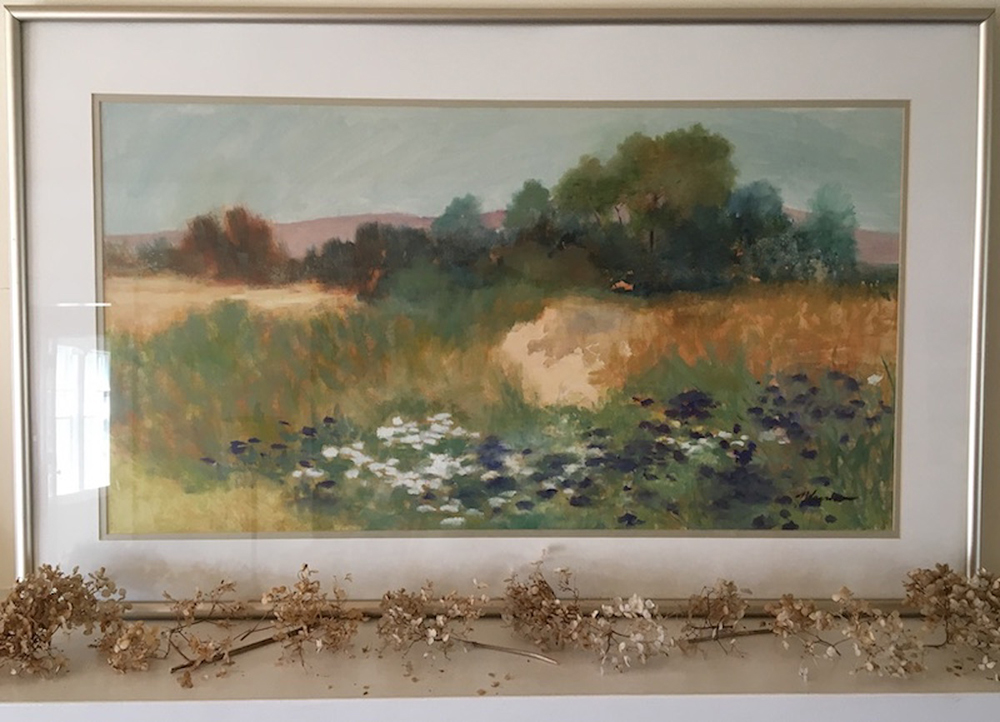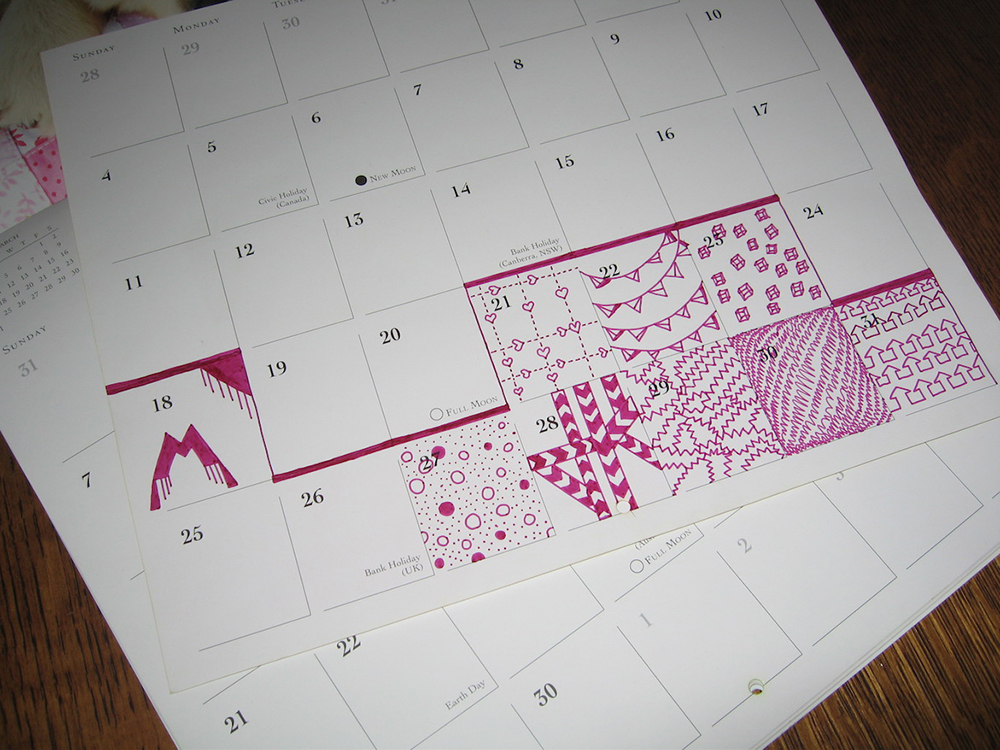Creativity has been likened to a muscle: We all have it – we just have to work to strengthen it so that we can reap the rewards.
Over the last few months, with sheltering in place and social distancing the new normal, implementing a daily creative practice is as important as ever. Our world feels a bit smaller, our days a tad mixed up (“Is this Sunday or Monday?”), and our work-life boundaries totally blurred (think kids playing at your feet while you’re trying to get work done, office texts and emails still flowing in at 8 or 9pm, or extra long shifts at the hospital). Expressing ourselves through writing, drawing, painting, sewing, quilting… can help provide a much-needed, nourishing break from the challenges we are facing in our lives right now.
And, if setting aside time to make and create sounds a bit indulgent these days, it’s not. The spillover effect I mention here – Step #6 on the Art Everyday page – is well documented. For example, this Fast Company article from a few years back talks about that spark we feel or breakthrough we have after engaging in a creative practice.
Decide on the best time to fit a creative break into your day, experimenting to see when you get the most benefit: Do you want to use the practice as a warm-up exercise for the day, a mid-day boost, or a transition from your workday to home life. It does not have to be a big chunk of time – committing to 15 minutes a day can make a big difference.
I’ve always got several projects going on in my studio at any given time. However, I keep a basket for just one simple, self-contained project. It sits in my office, ready to go when I need a creative break (usually at the end of the day). The projects rotate: Right now, I’ve stashed a vegetable marker kit from Target. The original kit had paints, which now look dried up, but we’ll see when I get to work. I might instead fill the space up with different patterns using Sharpies instead. It might take me all week to finish the project but the point is that it’s easy to start and stop and all my supplies are in one place, making it hard not to begin. Once this project is finished, I’ll find something else to put in the basket.
My recommendation is that as you develop a creative habit, keep it simple and start with what you enjoy – at least at the beginning. First find a container, something that works for the space you are working in and is portable – a basket or tote bag works best. Then, if you like to write, add a journal or notebook and your favorite pen or pencil to the basket. If you want to spend time each day working with watercolors, stash a small water color set, brush, and a 6″ x 6″ pad of watercolor paper in the basket…
If you have kids, consider making a basket up for each of them that is age appropriate and, ideally, something they can do by themselves at a time when they most need it. For example, a potholder kit, paper and instructions for making paper airplanes (include different kinds of paper to see what flies best!), or a coloring book and crayons.
I’ve long said that when I have a problem to be solved, the best way to figure it out, is to spend time in my studio making. Getting lost in the flow of making frees up headspace to think more creatively, beyond the box – first, in what I am actually doing in the studio and then for the problem/issue I’m trying to resolve.
In the coming weeks, months, and years, creativity will be key to generating new ideas for rebuilding our lives, our communities, our healthcare systems and, well, pretty much everything. And, throughout this process of creating new, focusing on lessons learned from the past, listening to experts, and cultivating out-of-the box thinking so that the end result benefits everyone and addresses what hasn’t worked in the past. Like many things, we can start at home – thinking more creatively about how we solve problems there and at work, then build from there.
So start flexing your creative muscle by building a daily creative practice, stick to it, and enjoy the process and spillover effect! Read more about building a creative habit here. Connect with us on Facebook to see some additional ideas in the coming days of what to put in your basket.

